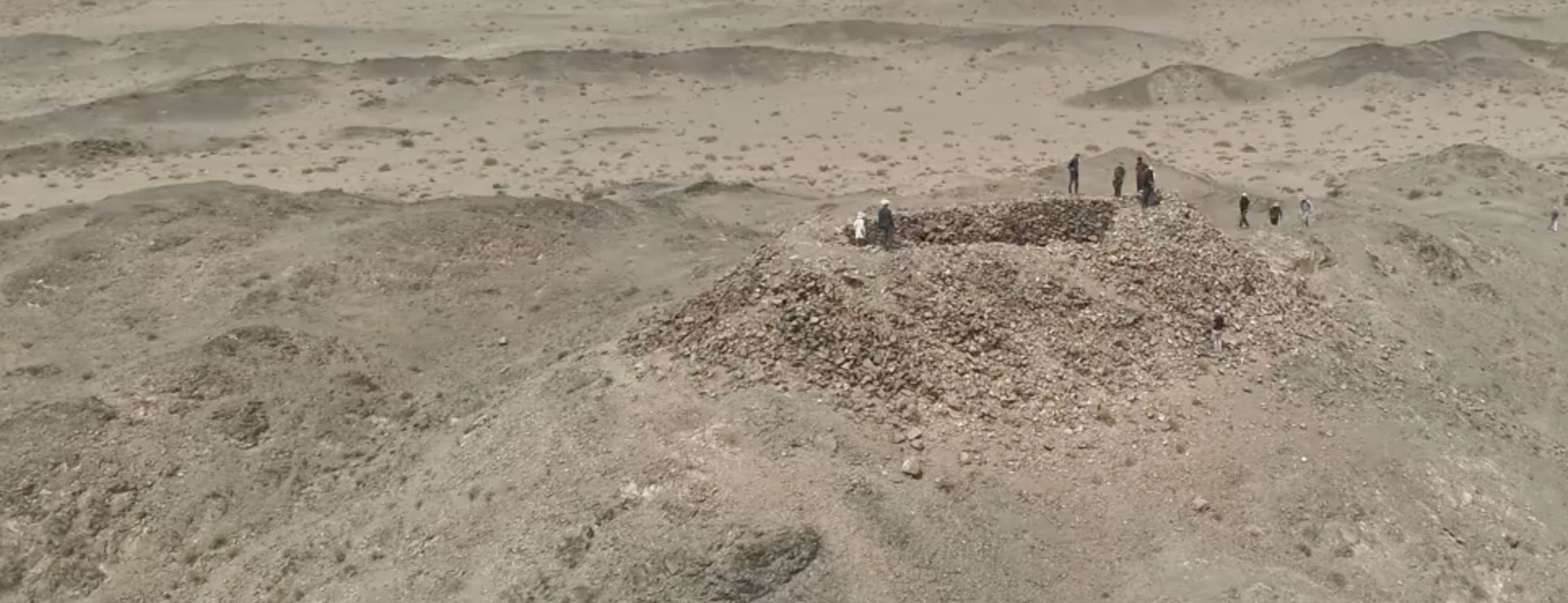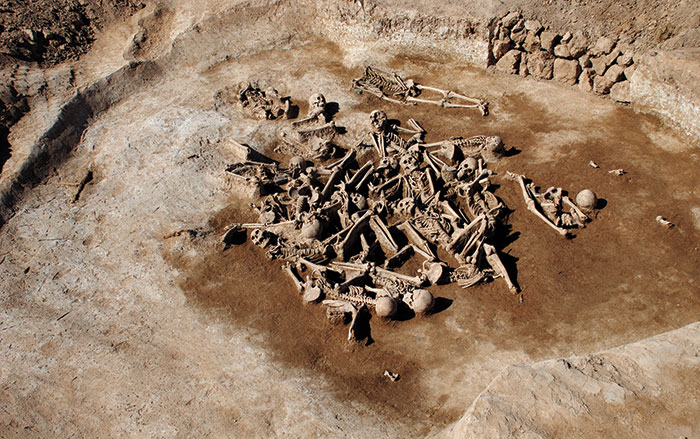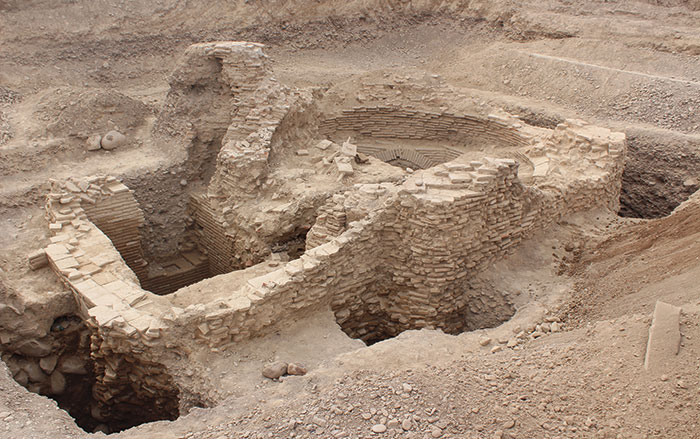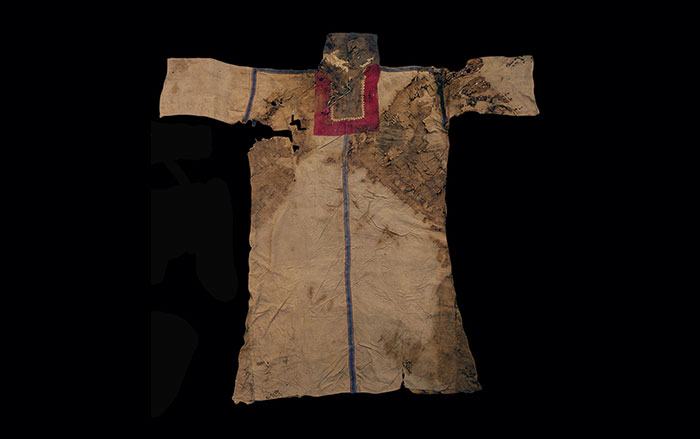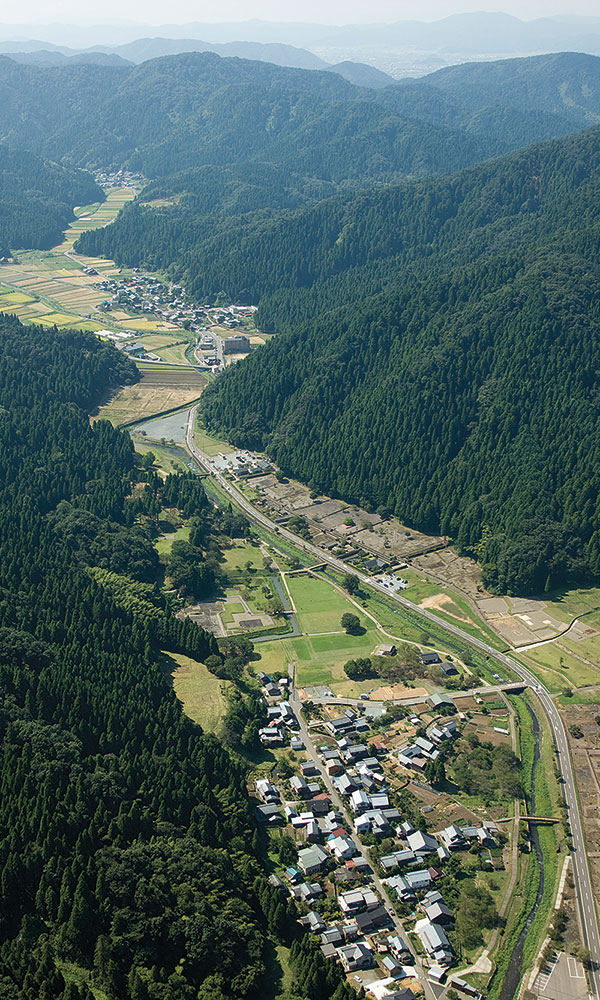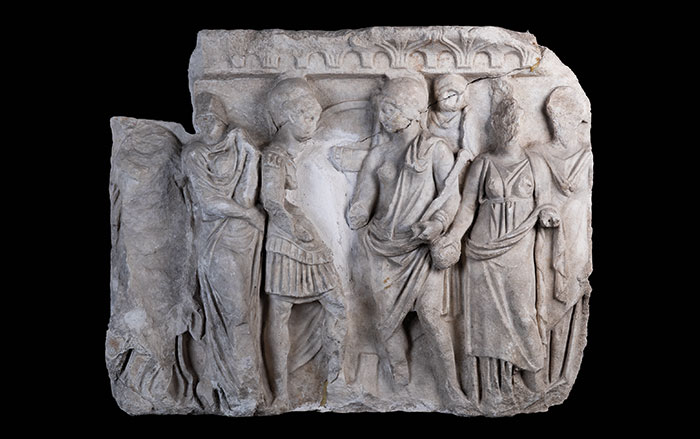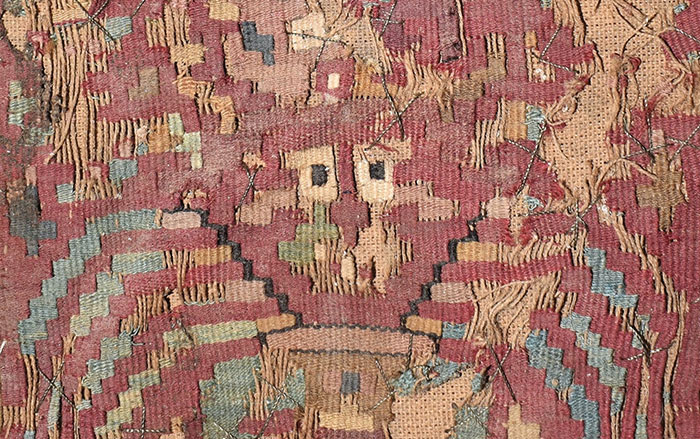
GOBI WALL, MONGOLIA—Snaking for 200 miles across the inhospitable terrain of southern Mongolia, the so-called Gobi Wall is the least studied section of a system of medieval fortifications that once extended from China into Mongolia. The Hebrew University of Jerusalem announced that a research team has recently completed a comprehensive investigation of the structure, combining remote sensing, pedestrian survey, and targeted excavations. The study revealed that the wall was primarily constructed from rammed earth, stone, and wood during the Xi Xia period (a.d. 1038–1227 ), a dynasty ruled by the Tungut tribes of western China and southern Mongolia. However, evidence showed that the corridor through which the wall passes had been periodically occupied from at least the second century. Spatial analysis indicated that the wall’s location was carefully chosen based on resource availability, particularly wood and water, and that the placement of garrisons along its course strategically took advantage of the natural geographic topography. What’s more, the researchers concluded that the wall was much more than a purely defensive mechanism built to repel invasions, but that it also served to regulate trade and manage frontier movements. “The Gobi Wall was not just a barrier—it was a dynamic mechanism for governing movement, trade, and territorial control in a challenging environment,” said archaeologist Gideon Shelach-Lavi. Read the original scholarly article about this research in Land. To read about a twelfth-century burial recently recovered in Mongolia by the same team, go to "Woman of the World."


